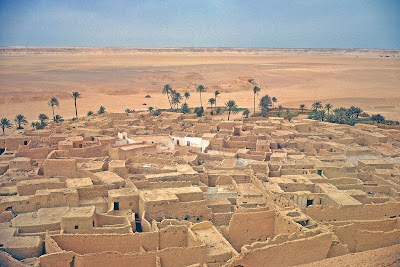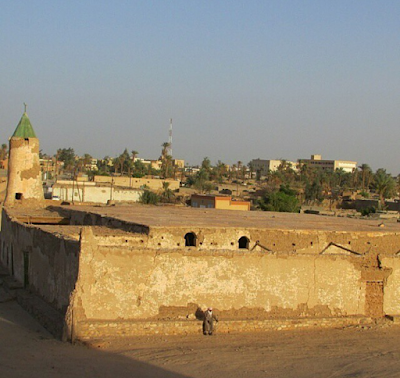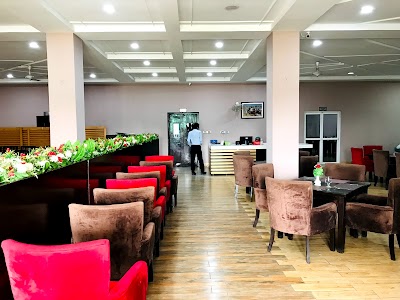Sanctuary of Demeter and Persephone (ملاذ ديميتر وبيرسيفوني)
Related Places
Overview
The **Extramural Sanctuary of Demeter and Persephone** at Cyrene stands as an archaeological wonder nestled in the Al Wahat District of Libya. This remarkable site is dedicated to the revered goddesses Demeter and her daughter Persephone, pivotal figures in Greek mythology, embodying themes of agriculture and the intricate cycle of life and death.
Constructed beyond the confines of the main city of Cyrene—hence the term "extramural"—this sanctuary dates back to the **4th century B.C.** Cyrene itself, a Greek colony founded around **630 B.C.**, became a significant center of culture and religion. The sanctuary has long served as a powerful symbol of fertility and nature's renewal, essential for the agrarian society that flourished in this region.
The **construction of the sanctuary** was a meticulous endeavor, spanning several decades and involving multiple phases of building and remodeling. The architecture showcases a blend of Greek styles, predominantly Doric, reflecting the profound influence of Greek culture on the area. Visitors can explore various structures within the sanctuary, including altars, temples, and storerooms that once housed offerings.
At the heart of the sanctuary lies the **main altar**, a site where sacrifices and offerings were made to Demeter and Persephone. This altar, adorned with intricate decorations, highlights the significance of the rituals performed here. Archaeological findings, including remains of burnt offerings such as grains and animal bones, indicate that the sanctuary was a vibrant hub for agricultural rites.
Among the prominent structures is the **temple dedicated to Demeter**, which, despite being mostly in ruins today, once featured grand columns and an impressive facade. This temple housed statues and artifacts related to the worship of the deities. Archaeologists have uncovered terracotta figurines and pottery pieces that likely played a role in the rituals performed at this sacred site.
Within the sanctuary grounds, there is also a smaller **shrine for Persephone**, renowned for its detailed reliefs and carvings that illustrate scenes from her myth, particularly her abduction by Hades and her eventual return. These carvings symbolize the changing seasons and offer invaluable insights into ancient beliefs, illustrating how these myths were woven into the fabric of daily life.
The sanctuary served not only as a place of worship but also as a vibrant venue for **community gatherings**. Festivals honoring Demeter and Persephone, such as the Thesmophoria, were celebrated here, featuring processions, sacrifices, and feasts that fostered a strong sense of communal identity and continuity with the divine.
The **archaeological significance** of this site is profound. Excavations have provided detailed insights into the religious practices and daily lives of the ancient Cyreneans. The artifacts uncovered, including inscriptions, have enriched historians' understanding of how Greek settlers integrated their customs into the local culture and influenced subsequent generations in the region.
Despite the passage of millennia, the sanctuary maintains its sacred aura, drawing scholars and tourists alike who are eager to glimpse the remnants of a civilization that held Demeter and Persephone in high esteem. The enduring legacy of the sanctuary stands as a testament to the cultural and religious traditions that shaped the ancient world in this part of Libya.






